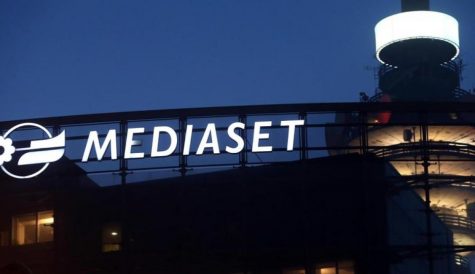
After more than 40 years of operation, DTVE is closing its doors and our website will no longer be updated daily. Thank you for all of your support.
OTT’s eastern promise
 Over-the-top distribution is the new normal and the days of launching conventional linear TV channels may be numbered, writes Kate Bulkley.
Over-the-top distribution is the new normal and the days of launching conventional linear TV channels may be numbered, writes Kate Bulkley.
The appetite for buying bundles of channels hasn’t yet gone away – look no further than companies including AMC Networks, Discovery and Scripps Networks Interactive, which continue to acquire (and also launch) channels in order to grow their reach – but the days of launching conventional linear TV channels may be numbered. For content providers, ‘doing a Netflix’ is starting to look like the new normal.
In the US, launches of OTT services not tied to a customer’s existing pay TV subscription have come thick and fast, with the likes of Sony’s PlayStation Vue service offering a less-expensive alternative and pay TV operator DISH is also offering its own OTT offer. Sky in the UK meanwhile offers Now TV as an online alternative to its traditional pay TV service. In the last few months the mama bear of all premium pay services, HBO, has launched HBO Now, an OTT offer in the US that goes one step further than HBO Go, which is tied into an existing pay TV subscription. OTT leader Netflix’s boss Reed Hastings doesn’t think that all these new offers are a threat to his business. Rather he sees them as validating the Netflix model.
Internationally, the latest to embrace the streaming subscription model is Starz, the US premium service known for original commissions Spartacus and Outlander. It launched its first international service online in April across the Middle East and North Africa under the name Starz Play Arabia.
Starz Play has pre-empted Netflix in the region and will compete with regional satellite pay TV operator rival OSN not to mention hundreds of free to air channels that cover the many countries from Morocco to Saudi Arabia.
The focus for Starz Play Arabia will be on the oil-rich Gulf states but also on the large number of younger viewers in the region who both for technology and social and cultural reasons prefer to stream services to their personal devices on demand rather than subscribe to linear, scheduled channels.
“The population across the 17 countries we are targeting is very young and very mobile (device) focused,” says Isabelle Mitsch, Starz Play senior vice president of acquisitions who was at the recent MIPTV programming market in Cannes. “There is a very strong free-to-air and pay TV offer in the area but it is high priced. We are focusing on a lower hurdle in price point.” Starz will sell its monthly service at US$13.99 (e13) versus US$80.00 to US$120.00 a month charged by OSN. The price is important but perhaps more so is the focus on mobile and on-demand, which has been the sine qua non of Netflix’s success.
But there is a risk to OTT services in markets like MENA where the appetite for OTT may outpace the ability to deliver it. Starz CEO Chris Albrecht is hedging his bets with the launch, working with longtime pay TV executive Peter Ekelund’s Parsifal Entertainment and former MGM boss Gary Marenzi as equity partners in the new service. Starz is rumoured to have only taken a 30% stake.
Albrecht is the former CEO of HBO, so he is very familiar with how HBO has tackled its international expansion, that is by launching traditional branded pay channels in some international territories as well as licensing its lineup of original commissions like Game of Thrones to established pay TV players like Sky, which uses the HBO shows to create its Sky Atlantic channel. Ekelund’s Parsifal was also behind the launch of HBO Nordic in Scandinavia, which was beset with technology problems and also had to fight against both Netflix and Viaplay, a rival offering from the Modern Times Group. The early teething problems seem to be fixed now at HBO Nordic but it is a competitive market so Parsifal is happy to be launching Starz Play in advance of Netflix in the Middle East region.
MENA is a cash-based region so scratch cards and pre-pay cards like those used for mobile phone top ups are the future, according to Mitsch. The company is also focused on making its 3,000 pieces of content accessible, subtitling its TV and movies and dubbing for programmes for younger audiences.
It won’t all be smooth sailing but the validation of the OTT model by traditional pay and free TV operators means there is no going back. Ovum research forecasts that global subscribers to online streaming services will top 100 million in 2015 with 77 million more added by 2019. As services grow there will be pressure to forgo the regional selling of content rights especially as people get savvier with circumventing geo-blocking of content by using virtual private networks (VPNs).
OTT leader Netflix’s next big push is to shake up the programming rights market. To that end the company recently revamped its content acquisition team not by region as is traditional in TV buying, but by genre with the focus on acquiring global rights to shows and commissioning for a global footprint. This sounds pretty revolutionary if you come from the traditional TV business, but to the digitally savvy generation, not so much.
Kate Bulkley is a broadcaster and writer specialising in media and telecommunications. [email protected]


